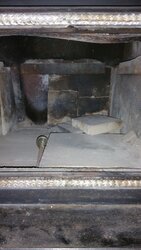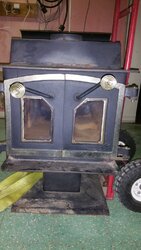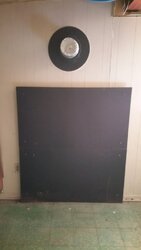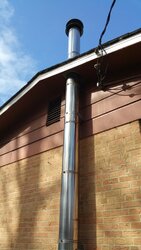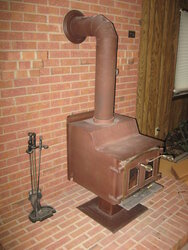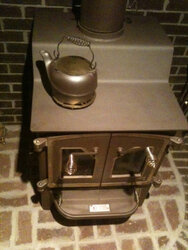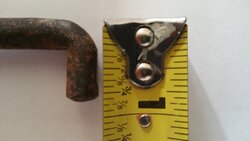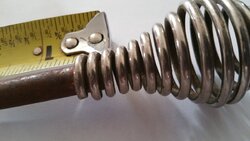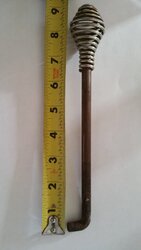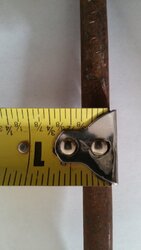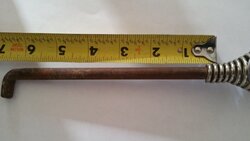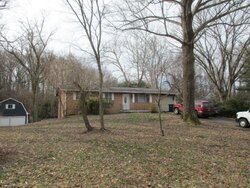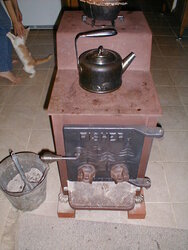Hello Everyone! I'm very new to wood stoves n such. Just purchased a home that had a wood stove, previous owner took it with them. I decided to dive in and get one after spending close to 1k in oil for about two months worth of moderate heat. Anyways, I purchased a Fisher Honey Bear stove. Looked it over (with my limited knowledge) and saw something questionable. There is a piece of metal just above the inside opening that is bent/warped. I have to assume that this was due to over firing. I'm just wondering if it needs to be repaired before operation or is it something I can look at later? Is it critical to the operation and/or safety of the stove? Not sure if I should be looking at a new stove or not, but I'll attach some pics. Also, the stove has a 6" opening at the top and the thimble in my wall is 7" connected to a Metalbestos chimney class A model SS. Its not cleaned up, and I have replacement firebrick for the cracked bricks. It sits on a pedestal, and I'm not sure if I need to set it up on a hearth immediately?? Picks of my install location are attached. Please excuse the condition of everything, still in renovation mode. I like the way these look and I want to get mine in the condition of a similar stove selling on Ebay at the following link:
http://www.ebay.com/itm/Fisher-Hone...231090?hash=item3d0776cc32:g:jwwAAOSw~bFWMqQV
Any comments/advice is greatly appreciated!
http://www.ebay.com/itm/Fisher-Hone...231090?hash=item3d0776cc32:g:jwwAAOSw~bFWMqQV
Any comments/advice is greatly appreciated!


